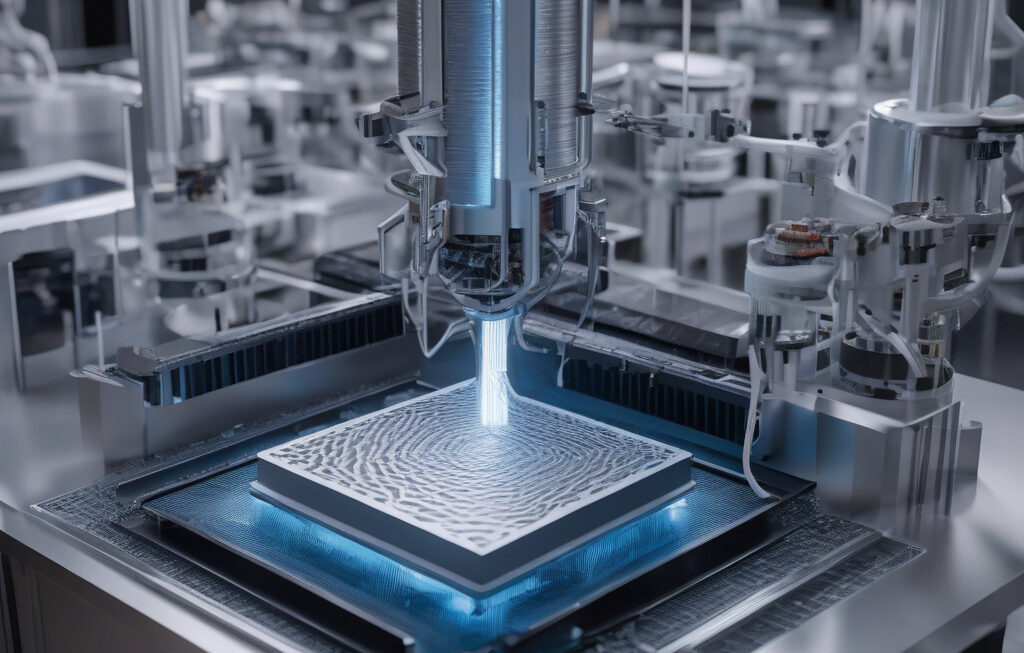American Technology Leading the Way in AI Innovation in the Asia-Pacific Region
As the world hurtles towards an increasingly digital future, the importance of artificial intelligence (AI) cannot be overstated. From revolutionizing industries to enhancing everyday conveniences, AI is set to play a pivotal role in shaping our future. Recognizing the immense potential of AI, the United States is urging the Asia-Pacific region to prioritize open innovation over stringent regulation to foster AI development. White House science advisor, while in South Korea, highlighted the pivotal role of American technology in driving future AI breakthroughs in the region.
The United States has long been at the forefront of technological innovation, with giants like Google, Microsoft, and Tesla leading the charge in AI research and development. The country’s commitment to fostering a culture of innovation and entrepreneurship has created a fertile ground for AI advancements to flourish. American technology companies have been instrumental in pushing the boundaries of what AI can achieve, from self-driving cars to advanced healthcare solutions.
In contrast, some countries in the Asia-Pacific region have adopted a more cautious approach to AI development, opting for strict regulations to govern its use. While regulations are essential to ensure ethical AI deployment, overly restrictive measures can stifle innovation and hinder progress. The United States is advocating for a more open approach to AI innovation, one that encourages collaboration between industry, academia, and government to drive technological advancements.
By embracing open innovation, the Asia-Pacific region can leverage the expertise and resources of American technology companies to propel AI development forward. Collaborative efforts can lead to the sharing of best practices, knowledge exchange, and joint research initiatives that benefit all parties involved. Moreover, open innovation fosters a dynamic ecosystem where ideas can flow freely, leading to the rapid iteration and implementation of AI solutions.
One area where American technology companies have made significant strides is in the field of deep learning, a subset of AI that mimics the human brain’s neural networks. Deep learning algorithms have been instrumental in powering AI applications such as speech recognition, image classification, and natural language processing. By harnessing the power of deep learning, American tech companies have been able to develop cutting-edge AI solutions that are driving innovation across various industries.
For example, Google’s DeepMind has made significant advancements in healthcare AI, with its algorithms being used to diagnose diseases, predict patient outcomes, and streamline medical research. Similarly, Tesla’s Autopilot feature utilizes deep learning algorithms to enable semi-autonomous driving capabilities in its vehicles, paving the way for a future of fully autonomous transportation. These examples underscore the transformative impact that AI can have on society when harnessed effectively.
As the global AI race heats up, the United States is urging the Asia-Pacific region to prioritize open innovation and collaboration to drive AI development forward. By leveraging the expertise and resources of American technology companies, countries in the region can accelerate their AI capabilities and unlock new opportunities for growth and innovation. As we stand on the cusp of a digital revolution, embracing open AI innovation is key to shaping a future where technology serves as a force for good.
In conclusion, the United States’ call for the Asia-Pacific region to embrace open AI innovation over strict regulation highlights the importance of collaboration and partnership in driving technological advancements forward. By working together, countries can harness the transformative power of AI to create a brighter, more innovative future for all.
American Technology, AI Innovation, Asia-Pacific Region, Open Innovation, Future Technology Trends












